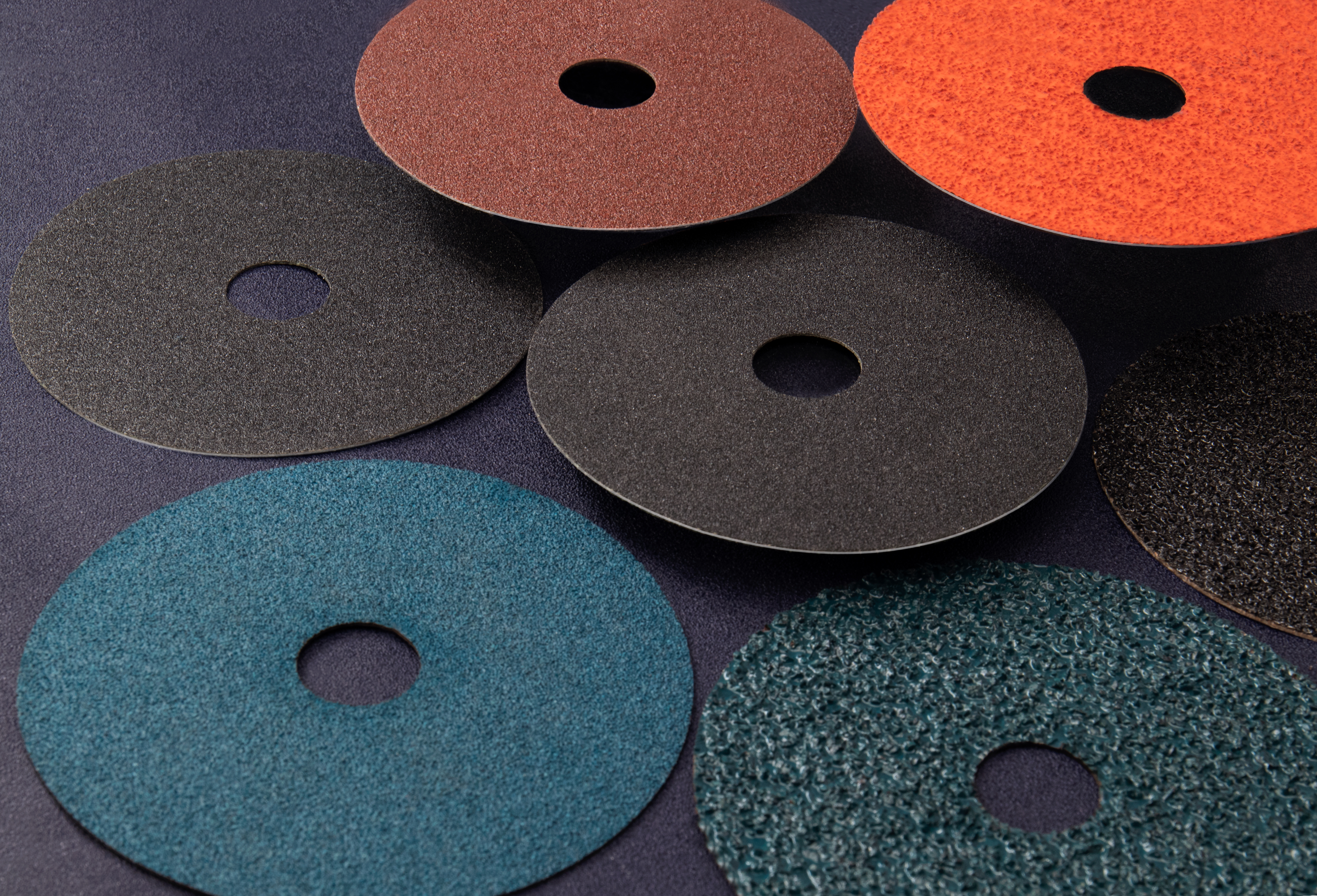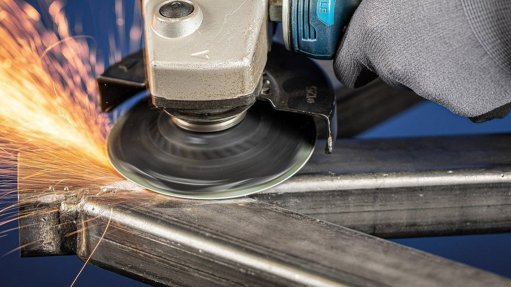In the realm of abrasives and grinding tools, fibre discs are widely used for various applications ranging from metalworking to woodworking. These discs are paired with different backup pads, also known as backer pads or holders, to optimize performance and achieve specific outcomes. The choice of backup pad can significantly impact the effectiveness and efficiency of fibre discs. In this article, we delve into the reasons behind the variety of backup pads available for fibre discs and how they influence performance.
Understanding Fibre Discs and Backup Pads
Before delving into backup pads, let’s grasp the basics of fibre discs. These discs are composed of a coated abrasive material, often made from aluminum oxide, zirconia alumina, or ceramic grains, bonded to a sturdy fibre backing. They are used primarily for grinding, blending, finishing, and stock removal tasks on various materials.
The backup pad is the interface between the fibre disc and the power tool (such as an angle grinder or disc sander). It provides essential support and flexibility during operation, ensuring that the fibre disc functions optimally.
Reasons for Different Backup Pads
One key question arises: Why are there different back-up pads for fibre discs? The rationale behind the variety stems from several critical factors that influence performance and application suitability.
- Material Compatibility: One key reason for the variety of backup pads is material compatibility. Different materials require specific backing to achieve the desired finish without causing damage. For instance, when working with stainless steel, a softer Plastic Backing Padmight be preferred to prevent gouging or overheating of the material.
- Surface Contouring: Backup pads come in varying levels of flexibility and hardness. This flexibility impacts how well the fibre disc conforms to curved or contoured surfaces. For intricate or curved workpieces, a more flexible Rubber Backing Padis advantageous to maintain consistent contact and prevent gouging.
- Heat Dissipation:During extended use, fibre discs can generate substantial heat. The type of Plastic Backing Pad used can influence heat dissipation. Certain pads are designed with cooling features to reduce heat buildup, thereby extending the life of the abrasive and improving overall performance.
- Vibration Dampening: Excessive vibration can lead to discomfort and fatigue for the operator and affect the quality of work. Some Rubber Backing Padsare engineered to dampen vibrations, resulting in smoother operation and better control.
- Optimized Performance:Different applications demand specific performance attributes. Whether it’s aggressive stock removal, fine finishing, or somewhere in between, selecting the right Plastic Backing Pad can enhance the fibre disc’s performance for the intended task.
- Attachment Systems: Backup pads also vary in terms of attachment mechanisms. Some use adhesive backing, while others utilize quick-change systems like hook-and-loop (Velcro) for swift disc
Types of Backup Pads
Now, let’s explore the common types of backup pads used with fibre discs:
- Hard Backup Pads: These pads provide stability and are suitable for flat surface applications. They are less forgiving on contours but excel in tasks that require uniform pressure.
- Soft Backup Pads: Designed for flexibility, soft backup pads are ideal for curved or irregular surfaces. They help prevent digging into the workpiece and allow for better conformity.
- Medium-Density Backup Pads: Strike a balance between hardness and flexibility, making them versatile for a range of applications.
- Cooling Backup Pads: Equipped with cooling features such as ventilation holes or specialized materials to reduce heat buildup during prolonged use.
- Interface Pads: While not traditional backup pads, interface pads can be used to create a cushioning effect between the fibre disc and the Plastic Backing Pad. This setup is useful for achieving a finer finish or reducing swirl marks.
Choosing the Right Backup Pad
Selecting the appropriate backup pad depends on several factors:
- Material Type: Consider the material of the workpiece (e.g., metal, wood, composite) and choose a backup pad that complements it.
- Surface Contour:Evaluate whether the surface is flat or curved, and select a Rubber Backing Pad that can conform effectively.
- Application Requirements: Determine the level of aggressiveness or finesse required for the task at hand. This will guide the choice between hard, soft, or medium-density Plastic Backing Pads.
- Tool Compatibility: Ensure compatibility with the power tool being used. Check the pad diameter and attachment mechanism.
- Operator Comfort: Factor in the comfort and ergonomics, especially for extended periods of use.
Conclusion
In conclusion, the diversity of backup pads available for fibre discs reflects the nuanced requirements of different applications and materials. Each backup pad type offers unique benefits in terms of performance, surface finish, and operator comfort. By understanding these distinctions and selecting the appropriate backup pad, users can optimize the efficiency and effectiveness of fibre discs for various grinding, finishing, and blending tasks. The right backup pad not only enhances productivity but also contributes to achieving superior results and prolonging the lifespan of abrasive discs.
Understanding the intricacies of backup pads empowers users to make informed decisions when selecting abrasives, ultimately leading to better outcomes in their respective fields of work.


